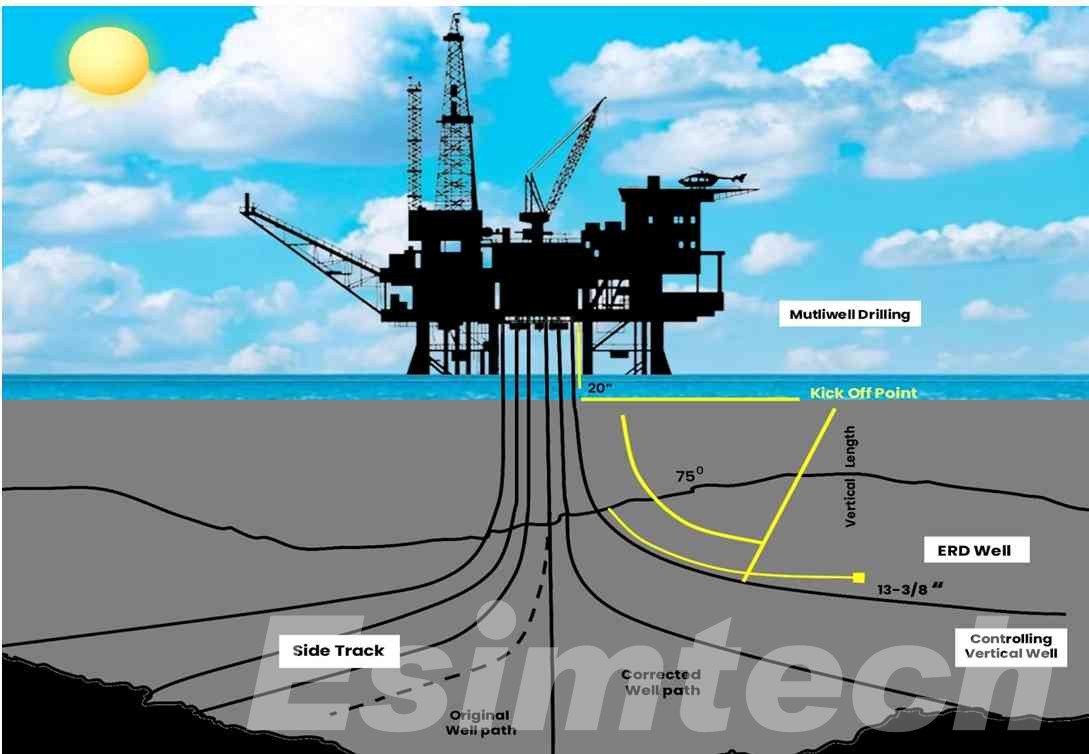Where Are The Oil Rig Platforms In Msfs 2020 Located
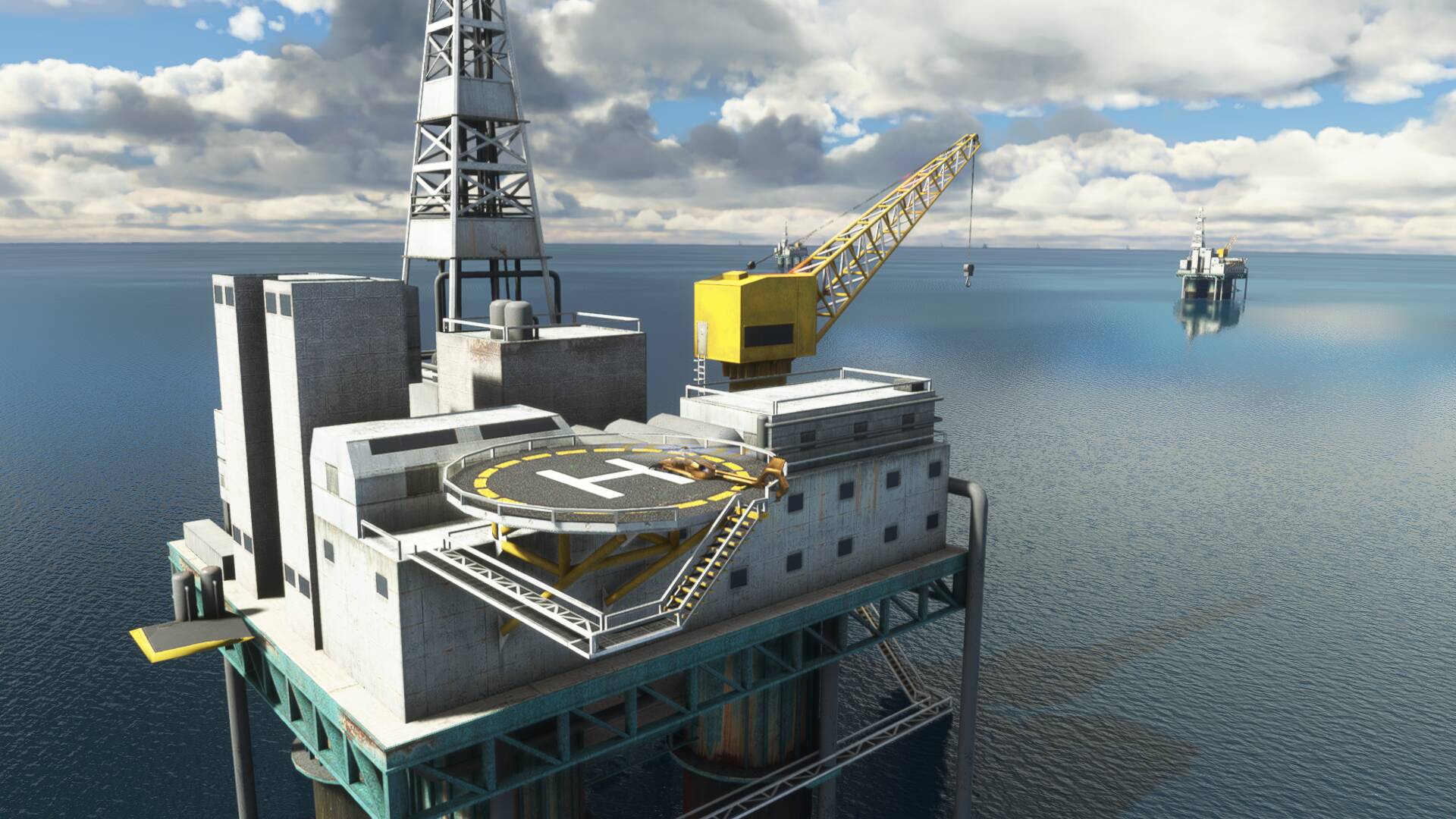
The vast and immersive world of Microsoft Flight Simulator 2020 (MSFS 2020) has captivated virtual aviators, offering unparalleled realism in replicating the global landscape. However, a subtle but persistent question lingers for many: Where are the oil rig platforms precisely located within this digital world?
These structures, vital components of the global energy infrastructure, are often omitted or inaccurately represented in the simulator, leaving users who seek realistic offshore navigation experiences wanting more.
This article delves into the current state of oil rig platform representation in MSFS 2020, examining the available data, community efforts to improve accuracy, and the potential for future enhancements. We'll explore the limitations and challenges in accurately simulating these complex offshore environments.
The Absence of Detail: A Nut Graf
Despite MSFS 2020's impressive global coverage, the portrayal of oil rig platforms is inconsistent and often inaccurate. Many platforms are entirely missing, while others are represented by generic, low-fidelity models that bear little resemblance to their real-world counterparts. This discrepancy stems from the data sources used by Asobo Studio, the game's developer, which may not always include detailed information on offshore infrastructure. The impact is felt by users seeking realistic simulations of offshore operations, search and rescue scenarios, or simply exploring the world's industrial landscapes.
The lack of detailed representation impacts not only the visual fidelity of the simulator but also the realism of navigational challenges and flight planning.
Data Sources and Limitations
MSFS 2020 relies on a combination of satellite imagery, geographical data, and procedural generation to create its virtual world. While high-resolution satellite imagery can identify the presence of oil rig platforms, it often lacks the specific details needed for accurate modeling.
Furthermore, some areas with significant offshore oil and gas activity may be subject to data restrictions or limitations due to national security concerns. This can further complicate the process of accurately representing these structures in the simulator. The information required include location, exact size, and shape, etc.
These limitations lead to an uneven distribution of detail across different regions. Some areas may have relatively accurate platform representations, while others are severely lacking.
Community Efforts and Add-ons
Recognizing the limitations of the base simulator, the MSFS 2020 community has stepped up to address the issue. Talented modders and developers have created add-ons that add or improve the representation of oil rig platforms in specific regions.
These add-ons often utilize publicly available data, such as vessel tracking information and nautical charts, to accurately position and model the platforms. Some projects focus on specific oil fields, while others aim to improve the overall representation of offshore infrastructure across a broader geographic area.
FSDeveloper and other online forums are hubs for this activity. Users can find resources and support for creating custom scenery. These community-driven initiatives are vital for enhancing the realism of the simulator beyond its initial release.
Notable Locations and Specific Examples
The North Sea, the Gulf of Mexico, and the waters off the coast of Brazil are some of the regions with significant offshore oil and gas activity. These are prime locations for seeking out oil rig platforms in MSFS 2020.
However, the level of detail varies considerably. In some cases, platforms are represented by simple generic structures. In others, they are completely absent. For example, several users have reported missing or inaccurate representations of platforms in the Forties oil field in the North Sea.
Community-created add-ons often focus on improving the accuracy of these specific locations, offering a more realistic experience for virtual aviators. Identifying specific examples of inaccurate representation highlights the need for improvement and encourages further community contributions.
The Future of Offshore Representation
The future of oil rig platform representation in MSFS 2020 depends on a combination of factors, including advancements in data availability, improvements to the simulator's procedural generation capabilities, and continued community involvement. As satellite imagery becomes more detailed and accessible, Asobo Studio may be able to improve the accuracy of its base scenery. Additionally, incorporating data from sources like MarineTraffic could enhance the realism of offshore environments.
Furthermore, the development of AI-powered tools for automatically generating 3D models from satellite imagery could streamline the process of creating accurate representations of oil rig platforms. This could lead to a more comprehensive and realistic portrayal of offshore infrastructure across the globe.
Conclusion: A Work in Progress
While MSFS 2020 offers a stunningly realistic representation of the world, the portrayal of oil rig platforms remains a work in progress. The limitations in data availability and the complexities of offshore environments have resulted in inconsistencies and inaccuracies. The community will continue to enhance the game.
However, through community efforts and potential future improvements to the simulator, the realism of offshore environments is likely to increase over time. Users seeking realistic simulations of offshore operations should explore available add-ons and contribute to the ongoing effort to improve the accuracy of oil rig platform representation in MSFS 2020.
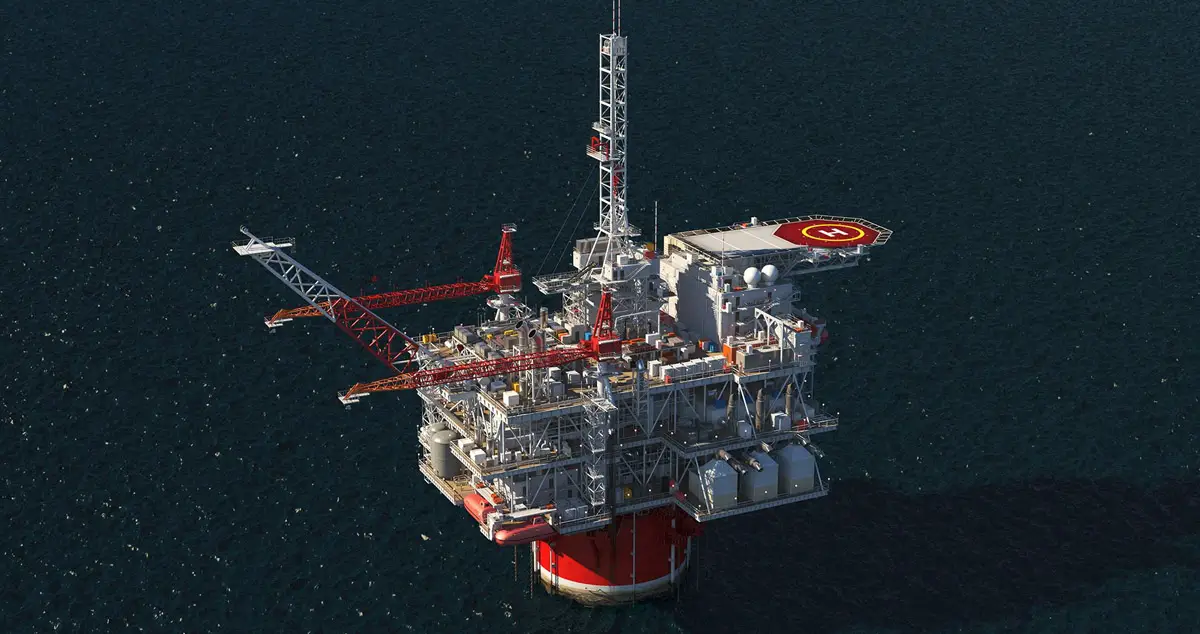


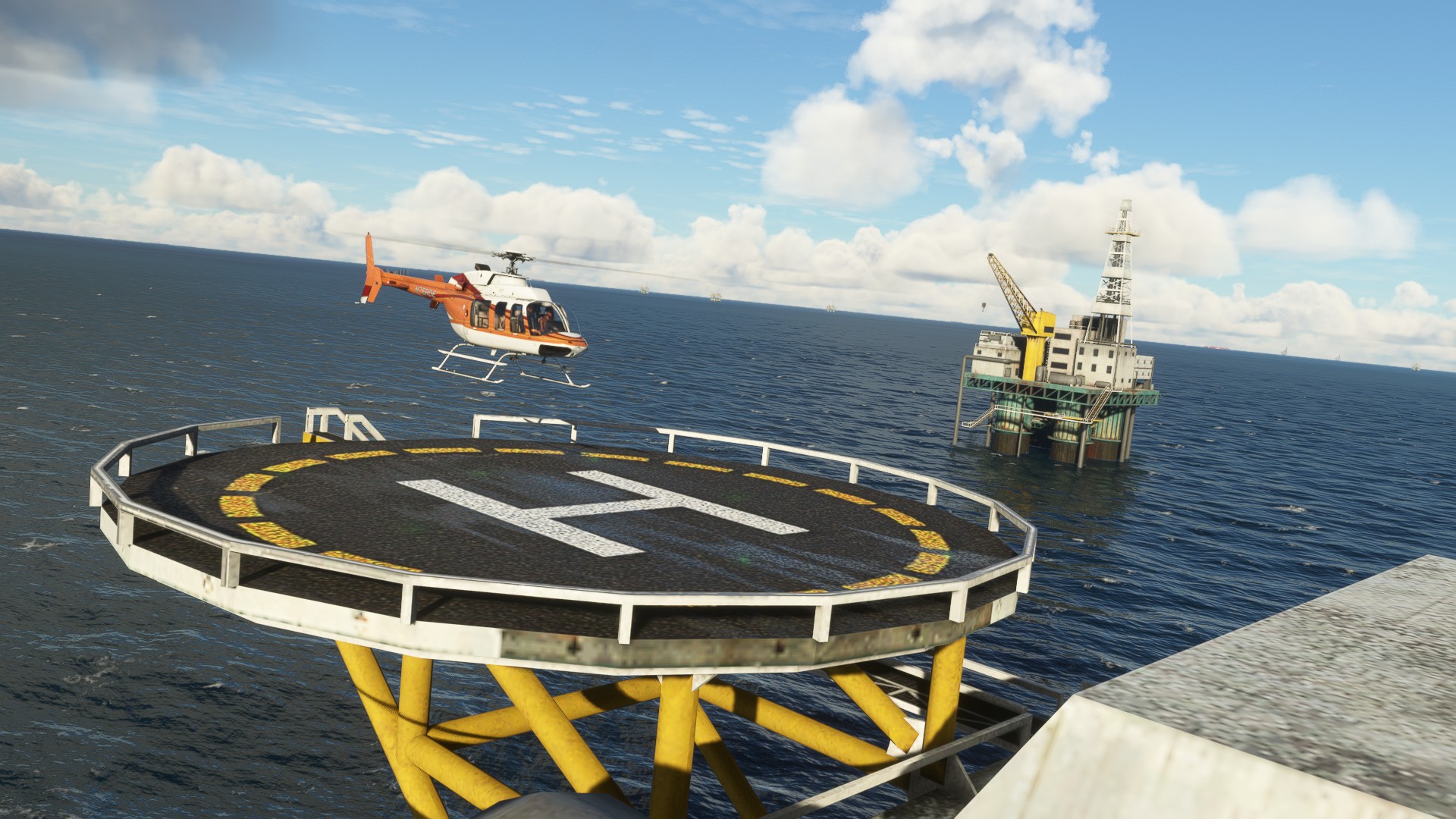

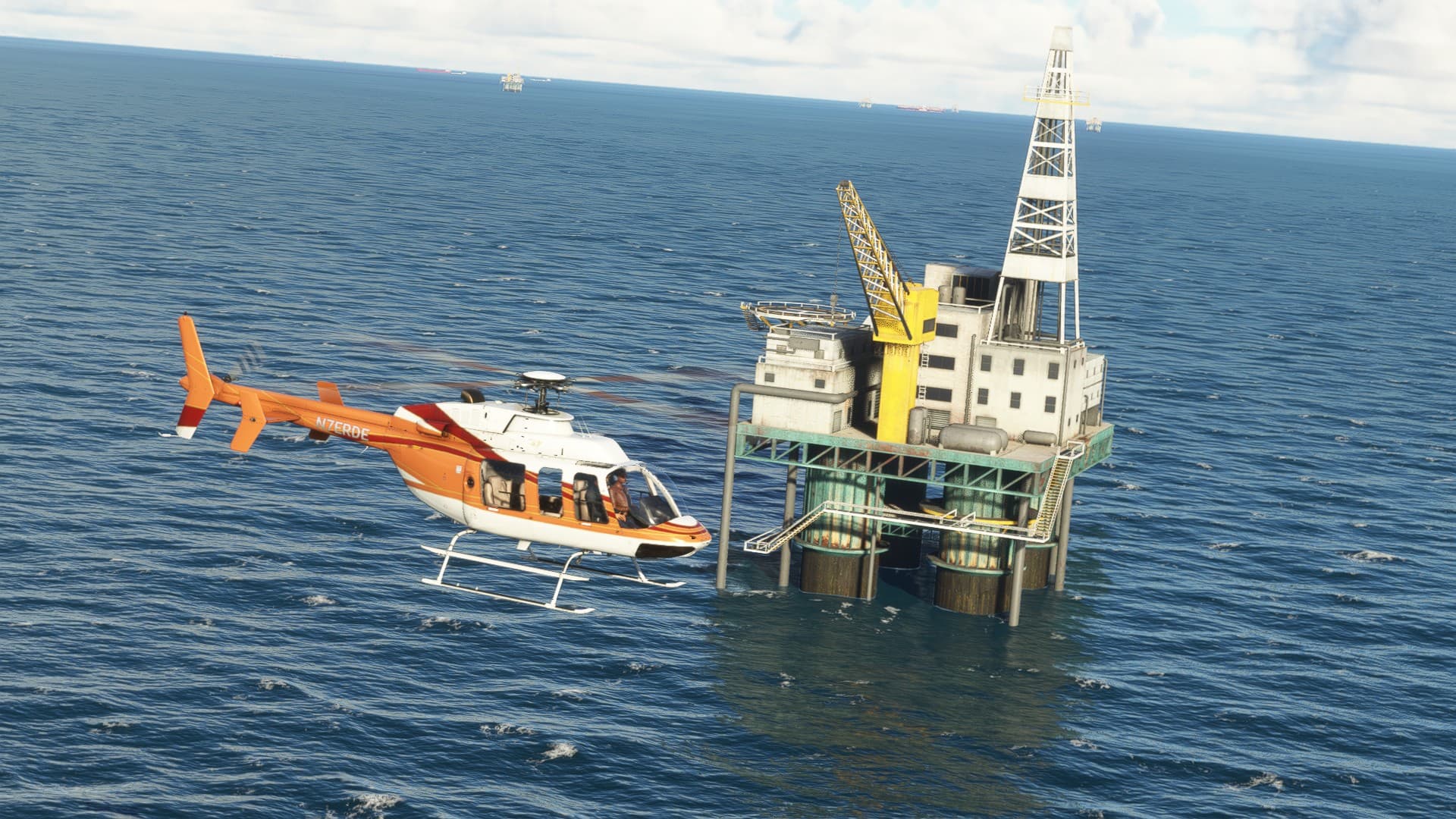
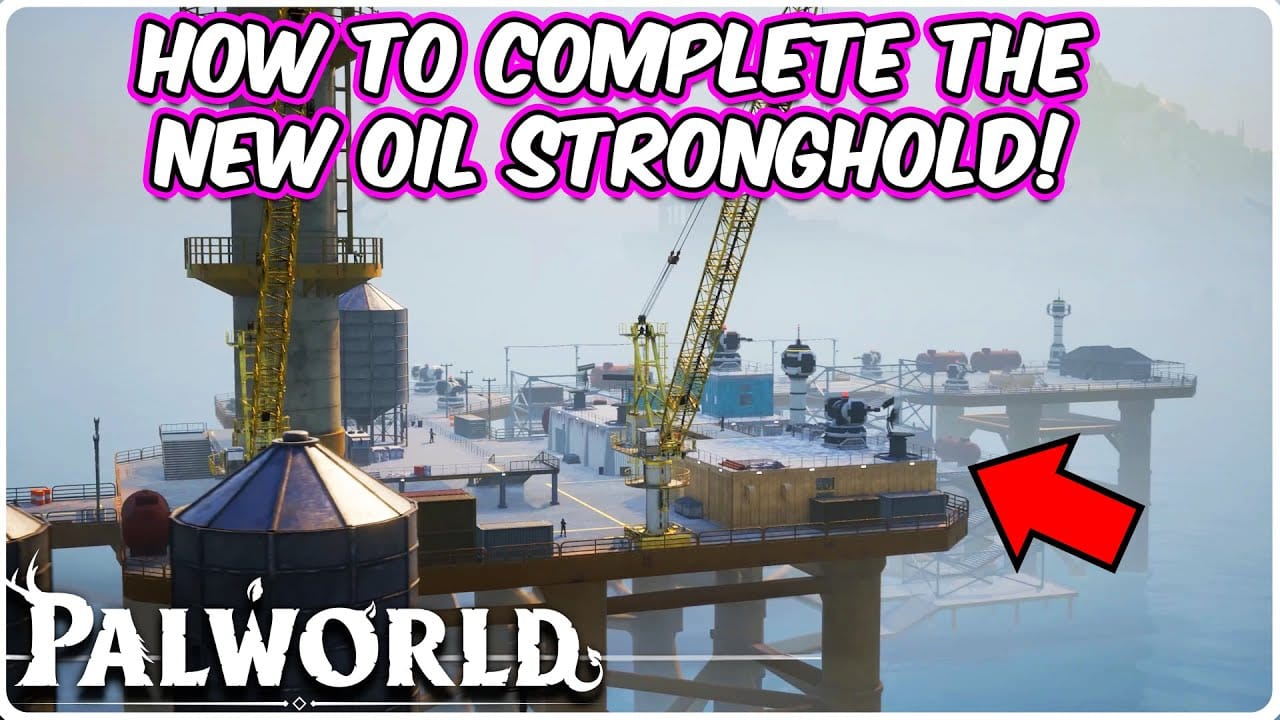

![Where Are The Oil Rig Platforms In Msfs 2020 Located Aerosoft – 海上地标:北海 v1.2.2 [MSFS2020]-微软模拟飞行2020/2024-飞行宝](https://www.aerosoft.com/media/image/7b/66/a8/OffshoreLandmarks-NorthSea-MSFS.jpg)




